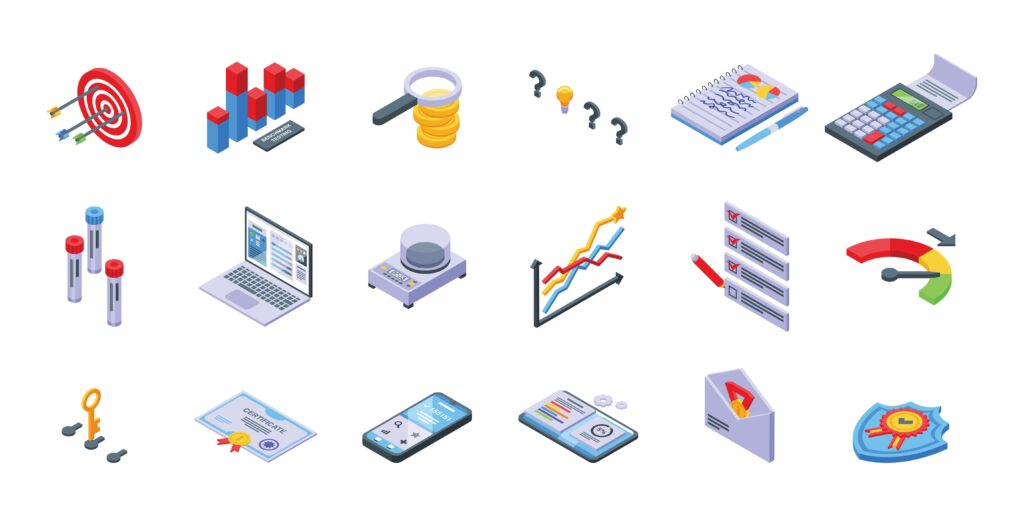LogiCommerce is trusted by global enterprise brands and wholesalers, across industries
Are you curious to discover the product profitability? Many companies wonder if their products will generate profits, so we're going to help you find that out.
In this new blog post, we'll explore how to analyze a product's profitability through qualitative and quantitative data, including market research, cost analysis, customer feedback, competitor information and financial statements.
Contents
Understanding a product's financial performance is essential for any business. A thorough analysis can help you determine if the product is profitable or if there are areas for improvement. It can also give you a better idea of how to market it and where to focus your resources.
Whether you are launching a new product or revamping an existing one, a profitability analysis can provide valuable information to help you make informed decisions.
When analyzing the profitability of a product, it is important to consider both qualitative and quantitative data. Qualitative data, such as customer feedback and market research, can provide valuable information about how people feel about the product and the impact it will have on the market. Quantitative data, such as cost analysis and financial statements, can provide more specific information about the profitability of the product.
Analyzing these two types of data can lead to a deeper understanding of product profitability. So, with the right combination of the two, you can gain insight into profit potential and make informed decisions when it comes to product development.
Market research is a key component of analyzing a product's profitability. It allows you to assess the product's potential success in your target market and also to gain insight into customer preferences and expectations.
Through quantitative data such as surveys, focus groups and interviews, you can discover patterns in customer behavior and use this information to refine your product offering.

Cost analysis is another important component of profitability analysis. It consists of examining all costs associated with manufacturing a product to determine whether or not they are reasonable. This includes labor costs, materials, packaging, shipping and marketing expenses.
By analyzing these costs, you can determine how much it will cost to manufacture the product and to what extent it might be profitable. It is also important to consider the potential savings from using cheaper materials or labor, as well as the economic advantages associated with volume discounts.
Customer feedback is an essential part of product analysis. This information can be gathered through customer surveys, focus groups and interviews.
It is important to take into account both positive and negative feedback so that you can get an overall picture of customer opinion. In addition, this feedback provides a valuable opportunity to discover how customers perceive the product and where there may be areas for improvement.
Competitive intelligence will help you understand the overall market landscape. By researching and analyzing competitors, you can determine if there is scope for improvement in terms of pricing or product features.
You can also use this data to identify potential opportunities that may be beneficial to your company. Also, it is important to consider the potential impact of new competitors entering the market.
The final component of the profitability analysis is the examination of the financial data associated with the product. This includes examining income statements, balance sheets and cash flow statements.
These documents provide a picture of the product's current financial health, as well as an indication of its likely future success. Examining these figures will allow you to get an idea of the overall profitability of the product.
Apply the following formula and determine whether or not you have good profit margins.
R = (P-C/P) * 100
Where:
R, the profitability we want to calculate in percentage.
P, the price at which the product is being sold.
C, the cost, that is, the price at which you buy the product you want to sell or, if you are the manufacturer, what it costs you to produce it.
